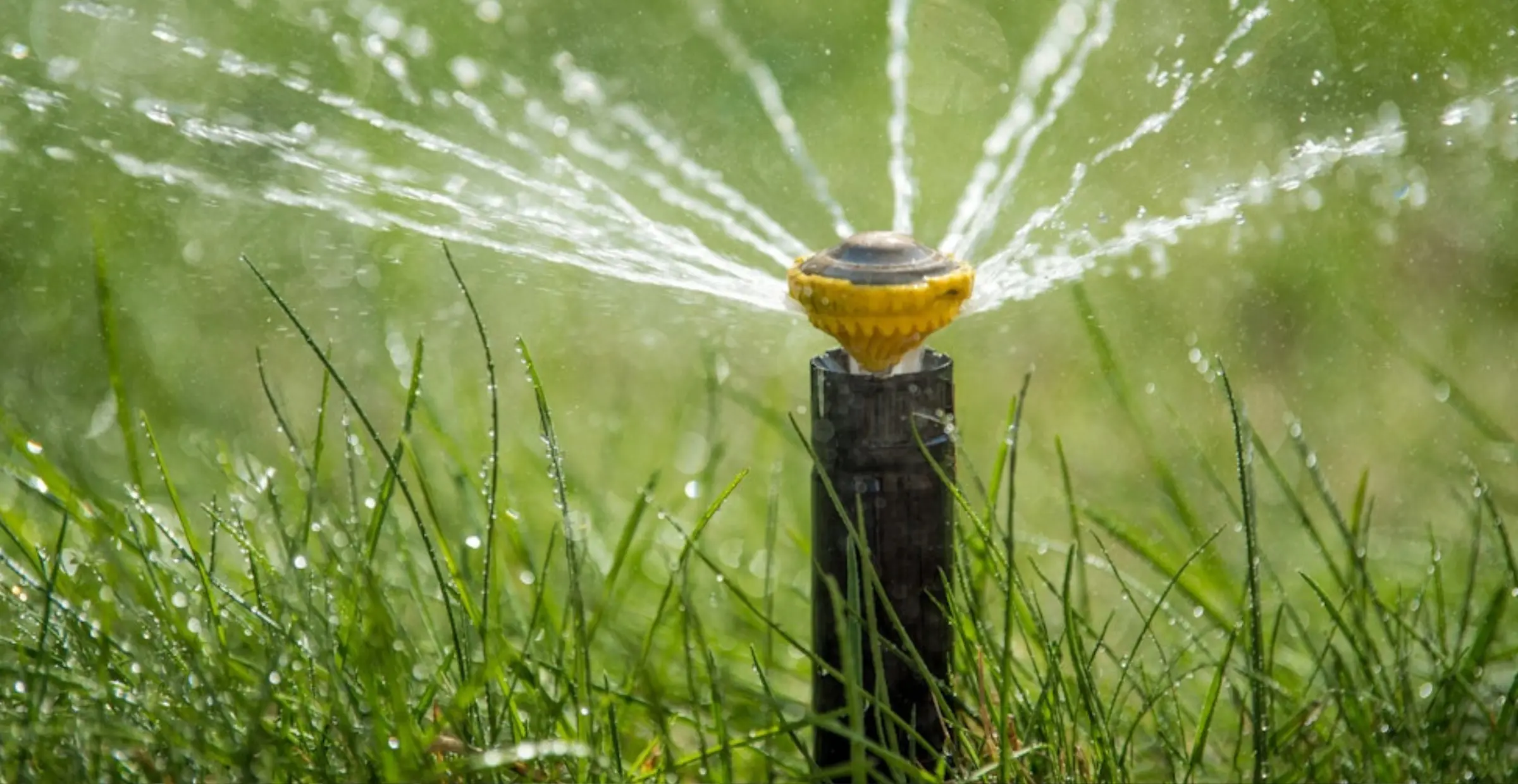
Why Should I Water My Lawn?
Watering your lawn and sod is crucial for several reasons. In this guide, we will explore 4 key benefits of keeping your grass hydrated, how weather impacts your watering routine, and the best practices for watering your lawn and different types of sod.
Benefits of Hydrated Grass
- Promotes Growth and Health: Properly watering your grass and sod gives the roots the moisture they need to absorb nutrients from the soil, helping to establish strong root systems and keeping sod hydrated.
- Enhances Appearance: A well-watered lawn stays vibrant green and resists weed growth.
- Builds Resilience: Keeping your grass and sod hydrated helps them handle outdoor stress and temperature changes better, leading to a healthier lawn.
- Saves Time and Money: Regular watering cuts down on weed control and other maintenance, saving you from expensive replacements or reseeding.

Weather and Watering Needs
Weather conditions significantly affect how often and how much you need to water your lawn.
- Temperature: Hot, dry weather increases evaporation, meaning you need to water more often. Cooler weather means less watering is needed.
- Humidity: Low humidity requires more watering to keep the soil from drying out, while high humidity means you need less water to avoid overwatering and fungal problems.
Watering During Rainy Seasons
It may seem unnecessary to water your lawn during rainy periods, but it can be helpful. Some soils have poor water-holding capacity or drainage, causing rapid runoff. Watering after rain helps moisture penetrate deeper into the root zone, ensuring grass and sod get the water they need. Additionally, rainfall can be uneven or insufficient.

Best Practices for Watering Sod
- New Sod: For the first two weeks, make sure the soil is consistently wet at least 3 inches below the surface. Check soil moisture by inserting a screwdriver into the sod; it should penetrate easily.
- Established Sod: Gradually reduce watering frequency, allowing the sod to dry slightly between waterings to promote growth and resilience.
- Sod Species: Different types of sod have varying water needs. Understand the specific requirements of your sod species and adjust your watering schedule accordingly.
Signs of Underwatered Lawn
- Dry Soil: Cracked, dry soil indicates a lack of moisture.
- Slow Growth: Stunted growth compared to a properly watered lawn.
- Discoloration: Grass may turn bluish-gray, faded, or yellowish.
- Wilted Leaves: Blades curl up and become crisp, instead of remaining soft and pliable.
- Properly watering your grass and sod is essential for maintaining a healthy and attractive lawn. By understanding how to water your grass and adjusting your watering frequency based on weather conditions and sod type, you can ensure your lawn thrives year-round.
